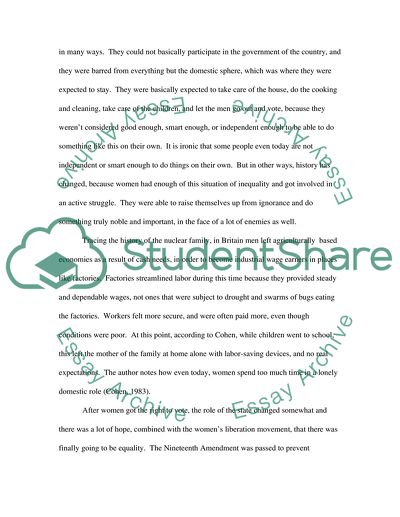Cite this document
(The Changing Roles of Men and Women in Families in Britain over the Term Paper, n.d.)
The Changing Roles of Men and Women in Families in Britain over the Term Paper. Retrieved from https://studentshare.org/history/1571566-write-a-report-on-the-changing-roles-of-men-and-women-in-families-in-britain-over-the-past-half-century
The Changing Roles of Men and Women in Families in Britain over the Term Paper. Retrieved from https://studentshare.org/history/1571566-write-a-report-on-the-changing-roles-of-men-and-women-in-families-in-britain-over-the-past-half-century
(The Changing Roles of Men and Women in Families in Britain over the Term Paper)
The Changing Roles of Men and Women in Families in Britain over the Term Paper. https://studentshare.org/history/1571566-write-a-report-on-the-changing-roles-of-men-and-women-in-families-in-britain-over-the-past-half-century.
The Changing Roles of Men and Women in Families in Britain over the Term Paper. https://studentshare.org/history/1571566-write-a-report-on-the-changing-roles-of-men-and-women-in-families-in-britain-over-the-past-half-century.
“The Changing Roles of Men and Women in Families in Britain over the Term Paper”, n.d. https://studentshare.org/history/1571566-write-a-report-on-the-changing-roles-of-men-and-women-in-families-in-britain-over-the-past-half-century.


